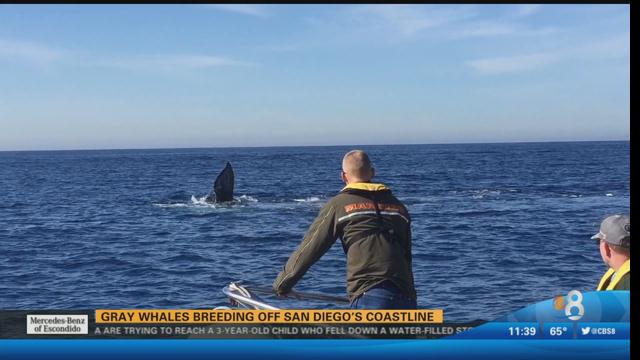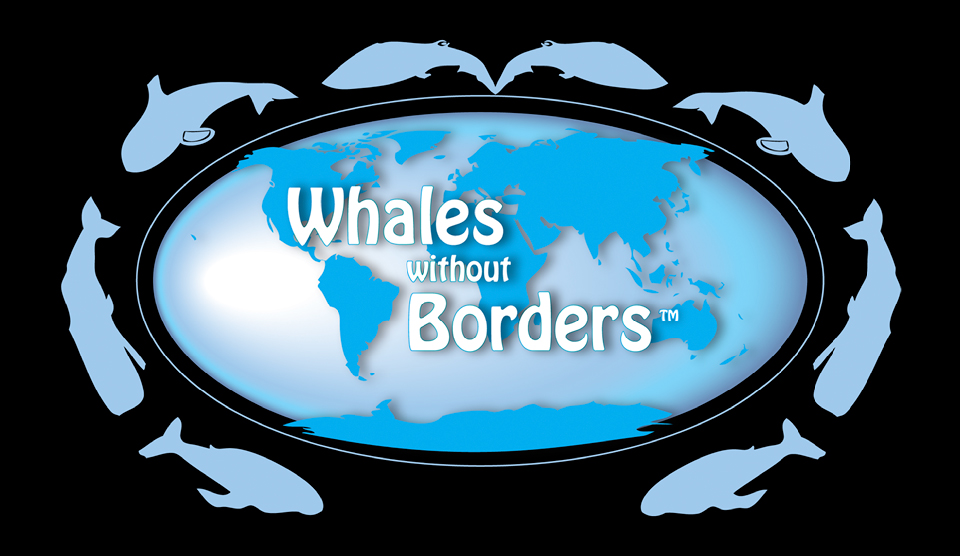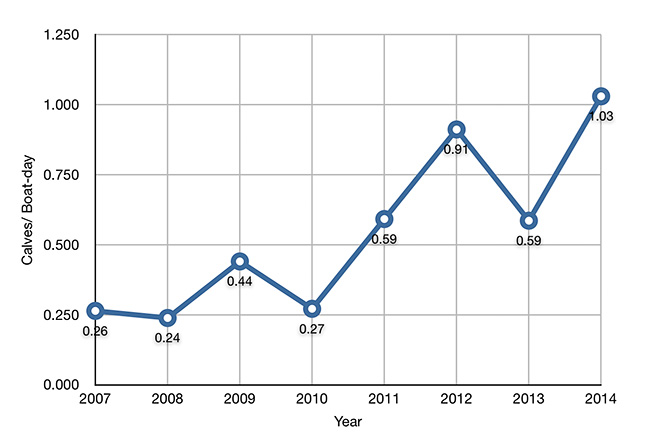
Don’t Kill Whales for Oil
Obama: Don’t Kill Whales for Oil
Imagine a Big Oil and Gas company has moved into your neighborhood. They’re looking for oil using seismic surveys — firing off a deafening airgun every 10 seconds for weeks on end. It’s louder than a jet engine, causes deafness, injury or death, and the government is allowing the company to deafen or injure as many as 138,000 of your neighbors.
For whales, dolphins and sea turtles living off the Atlantic Coast, the Obama administration has just made this nightmare a reality.
Last week, the government opened up offshore waters from Delaware to Florida to oil and gas exploration, including the use of seismic surveys. Oil and gas companies may be applauding, but thousands of marine animals will pay a terrible price.
Blasts from seismic survey airguns generate some of the loudest sounds in the ocean. They cause hearing loss, death and disorientation in marine mammals like whales and dolphins. The government has already acknowledged that the blasts will hurt 138,000 marine mammals, including some of the last remaining Atlantic right whales on Earth.
This is unacceptable.
Take action today and tell the Obama administration: Don’t kill whales for oil. Imagine a Big Oil and Gas company has moved into your neighborhood. They’re looking for oil using seismic surveys — firing off a deafening airgun every 10 seconds for weeks on end. It’s louder than a jet engine, causes deafness, injury or death, and the government is allowing the company to deafen or injure as many as 138,000 of your neighbors.
For whales, dolphins and sea turtles along the Atlantic Coast, the Obama administration has just made this nightmare a reality.
Last week, the government opened up offshore waters from Delaware to Florida to oil and gas exploration, including the use of seismic surveys. Oil and gas companies may be applauding, but thousands of marine animals will pay a terrible price.
Blasts from seismic survey airguns generate some of the loudest sounds in the ocean. They cause hearing loss, death and disorientation in marine mammals like whales and dolphins. The government has already acknowledged that the blasts will hurt 138,000 marine mammals, including some of the last remaining Atlantic right whales on Earth.
This is unacceptable.
Take action today and tell the Obama administration: Don’t kill whales for oil. Center for Biological Diversity Petition.






















